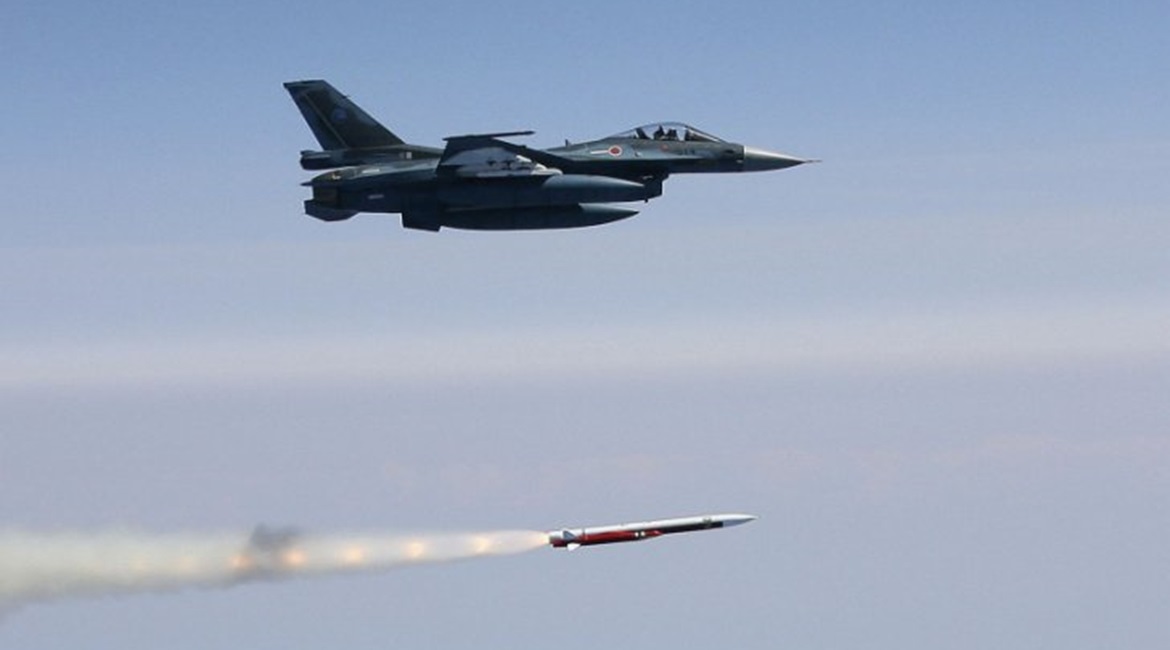
Tokyo is planning to develop long-range air-to-surface cruise missiles to bolster the defence capabilities of the country’s remote southwestern islands, Japanese Defence Minister Takeshi Iwaya said on 19 March.
Iwaya said the plan is aimed at boosting Japan’s deterrence by extending the range of its first domestically developed supersonic air-launched anti-ship missile (ASM), known as the ASM-3, to more than 400 km.
The ASM-3, which has an estimated top speed of Mach 3 and a maximum range of 200 km, was jointly developed by Mitsubishi Heavy Industries and the Japanese Ministry of Defence (MoD) as a successor to Japan’s Type 93 series of missiles. It is expected to be carried by Japan Air Self-Defense Force (JASDF) F-2 multirole fighters.
Iwaya said Tokyo has already completed development of the ASM-3 but is still developing a new advanced mission computer (AMC) for the F-2, meaning the missile cannot yet be integrated with the platform that will carry it.
“We will make our best efforts to develop and introduce the AMC as soon as possible. In the meantime we aim to extend the missile range of the ASM-3,” Iwaya said at a press conference.
The minister added that domestic cruise missiles are also intended for use on new fighters that will replace the F-2, which will be retired in the 2030s.
Although Iwaya did not mention any particular country, it is apparent that this move is to respond to China’s growing naval activity in the East China Sea, which includes the Senkaku/Diaoyu Islands in Okinawa Prefecture. The islands are controlled by Japan but also claimed by China.
“In recent years foreign warships have been introducing a growing number of long-range anti-aircraft weapons,” Iwaya said.

Looking to read the full article?
Gain unlimited access to Janes news and more...






